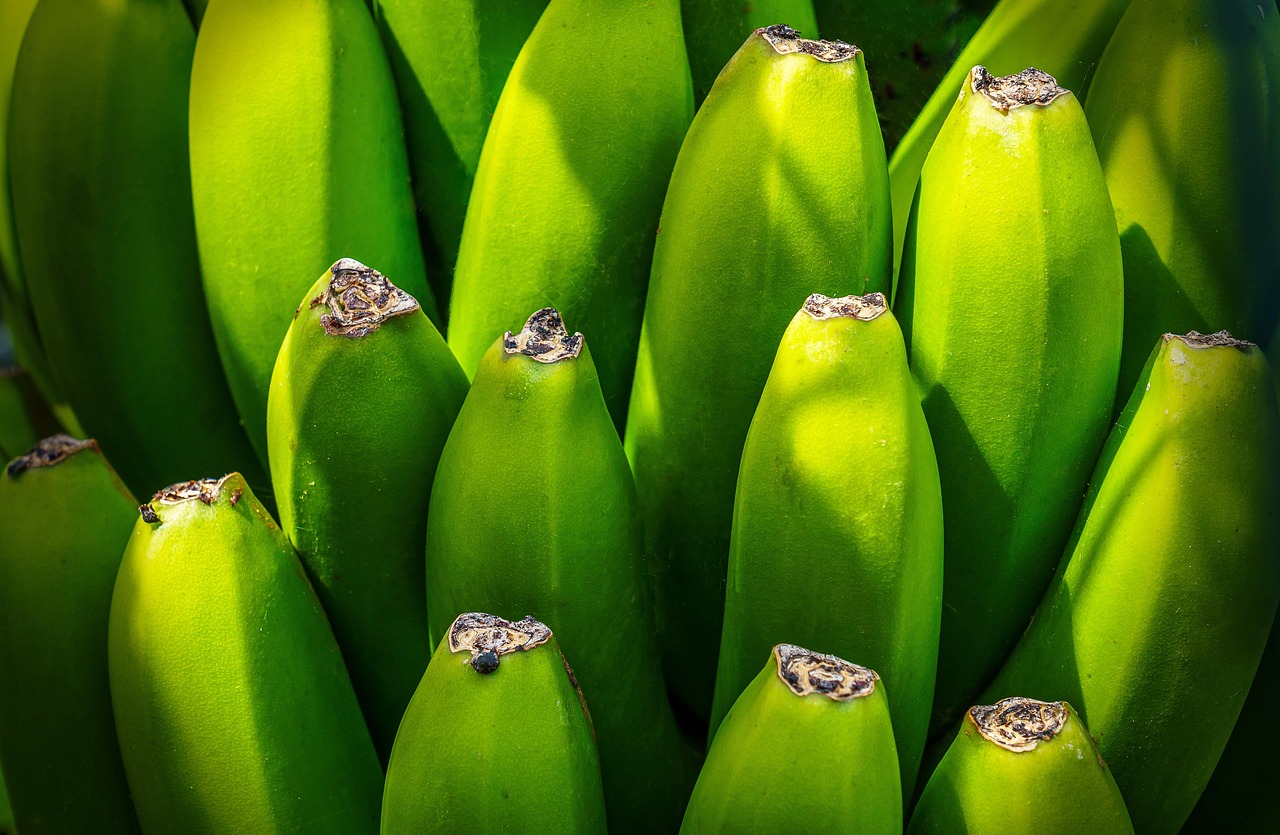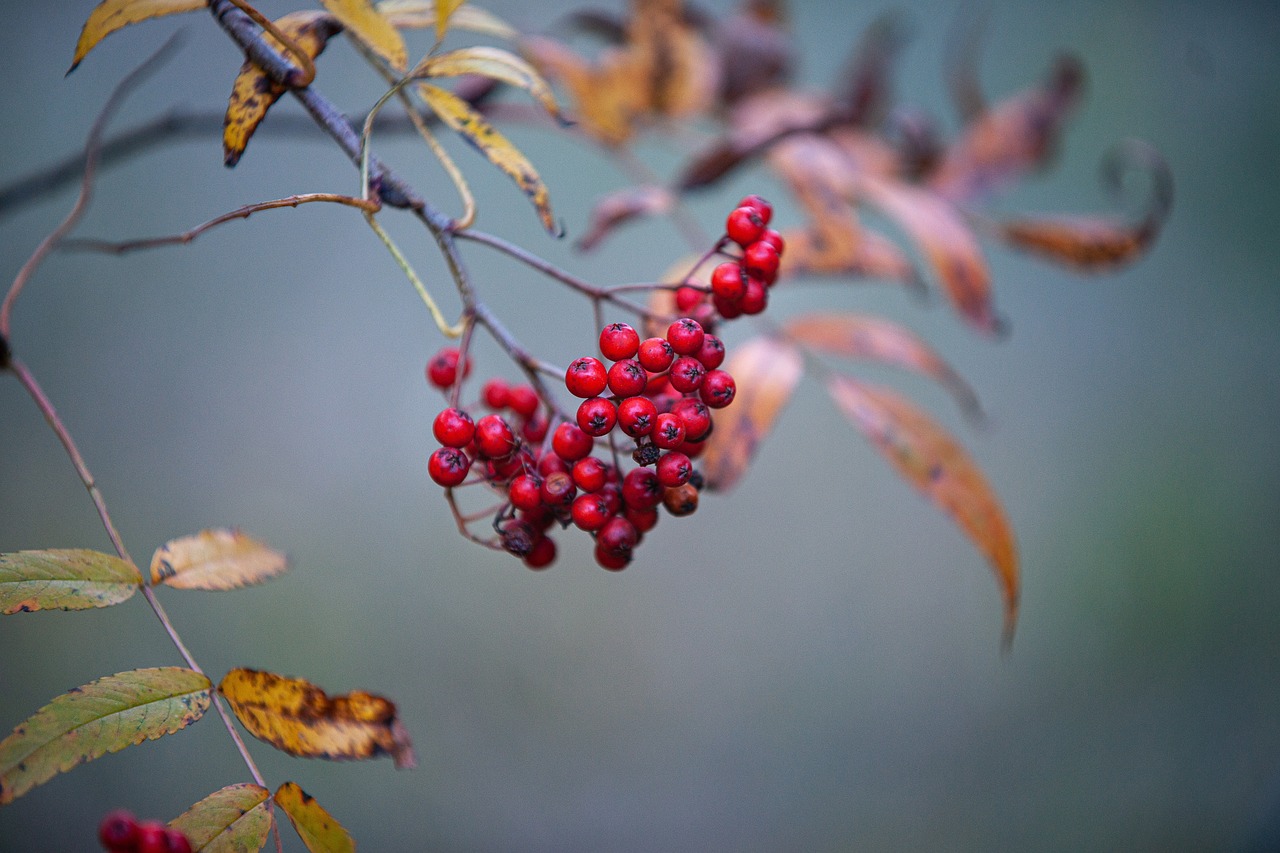Maintaining the health of old chestnut trees involves regular monitoring, proper pruning, and disease prevention practices. Ensuring adequate water supply and nutrient management is also essential for their longevity. Implementing these care strategies helps sustain the vitality of chestnut trees through various environmental challenges.
Understanding Old Chestnut Trees

Old chestnut trees, known for their majestic presence and historical significance, require special attention to thrive. They are not only valuable for their timber but also for their ecological contributions. These trees can live for hundreds of years, becoming a vital part of their ecosystems. However, as they age, they become more susceptible to diseases and environmental stresses.
Chestnut trees, particularly the American chestnut, faced a dramatic decline due to the chestnut blight caused by a fungal pathogen. Although there have been efforts to restore these trees, it is crucial to focus on the care of existing old trees to ensure their survival. Understanding the needs and vulnerabilities of these trees is essential for effective maintenance.
Key Factors Influencing Health
Several factors influence the health of old chestnut trees. The most significant include soil quality, water availability, and exposure to pests and diseases. To maintain the health of these trees, it is important to assess and manage these factors effectively.
| Factor | Impact on Health |
|---|---|
| Soil Quality | Nutrient-rich soil promotes growth and resilience. |
| Water Availability | Consistent moisture is vital for tree health. |
| Pest and Disease Pressure | Increased risks necessitate proactive management strategies. |
Regular Monitoring Practices
To effectively maintain the health of old chestnut trees, regular monitoring is essential. This includes observing tree foliage, trunk condition, and root structure. Early detection of any signs of disease or distress can significantly improve the chances of successful intervention.
Visual Inspections
Conducting visual inspections at least twice a year can help identify potential problems. Look for signs such as:
- Discoloration or wilting of leaves
- Unusual growth patterns or dead branches
- Visible signs of pests such as holes or webbing
Soil Testing
Soil testing should also be performed every few years to ensure that nutrient levels are adequate. This can help determine if any amendments are necessary to maintain optimal soil conditions. Proper pH levels and nutrient balance are crucial for the overall health of chestnut trees.
Watering and Nutrient Management
Old chestnut trees require a consistent water supply, especially during dry spells. Deep watering encourages strong root growth and helps trees withstand drought conditions. Additionally, applying organic mulch can conserve moisture and improve soil health.
Nutrient management plays a pivotal role in maintaining tree vitality. Regularly applying organic fertilizers can replenish essential nutrients that may be depleted over time. It is important to choose fertilizers that are specifically formulated for trees to avoid potential harm.
Pest and Disease Management
Effective pest and disease management is crucial for the health of old chestnut trees. These trees are vulnerable to various pests and diseases that can significantly impact their growth and longevity. Understanding common threats and implementing preventive measures can help mitigate these risks.
Common Pests
Several pests can affect chestnut trees. Some of the most notable include:
- Chestnut Weevil: This pest lays eggs inside the nuts, leading to significant damage.
- Scale Insects: These insects attach themselves to the bark and siphon off sap, weakening the tree.
- Spider Mites: They thrive in dry conditions and can cause leaf discoloration.
Regular inspections can help identify these pests early. If detected, appropriate measures should be taken to control their populations. In severe cases, consulting an arborist may be advisable.
Disease Prevention
Diseases are another major threat to chestnut trees. Common diseases include:
- Chestnut Blight: A fungal disease that led to the decline of American chestnuts. It appears as cankers on the bark.
- Phytophthora Root Rot: Caused by waterlogged soil, this disease affects root health and can be fatal.
- Powdery Mildew: This fungal disease manifests as a white powdery substance on leaves.
To prevent these diseases, it is essential to maintain proper tree care practices. Good air circulation and sunlight exposure can help deter fungal growth. Additionally, avoiding overwatering reduces the risk of root rot.
Pruning Techniques

Proper pruning is a vital aspect of maintaining the health of old chestnut trees. It encourages healthy growth, improves air circulation, and helps prevent pest infestations. Understanding the right techniques is critical for effective pruning.
When to Prune
The best time to prune chestnut trees is during the winter months when they are dormant. This reduces stress on the tree and minimizes the risk of disease transfer. However, removing any dead or damaged branches should be done as soon as they are identified, regardless of the season.
Pruning Methods
Employing the right pruning methods can enhance tree health significantly. Key techniques include:
- Thinning: Remove select branches to improve light penetration and air circulation.
- Heading Back: Cut back branches to promote denser foliage and encourage new growth.
- Crown Reduction: Reduce the height of the tree while maintaining its shape for better stability.
It is essential to use clean, sharp tools when pruning to avoid introducing diseases. Cuts should be made at a slight angle to promote healing.
Mulching and Soil Health
Mulching is an effective practice that not only conserves moisture but also enhances soil health around old chestnut trees. Choosing the right type of mulch and applying it correctly can provide numerous benefits.
Types of Mulch
Organic mulches are recommended as they break down over time, enriching the soil. Common options include:
- Bark Chips: These provide excellent insulation and moisture retention.
- Wood Shavings: They decompose slowly and improve soil structure.
- Compost: Offers nutrients while enhancing soil fertility.
Application Guidelines
When applying mulch, it is important to follow these guidelines:

- Create a 2-4 inch layer of mulch around the base of the tree, extending outwards to the drip line.
- Avoid piling mulch against the trunk, as this can lead to rot.
- Replenish mulch annually to maintain its effectiveness.
By integrating these practices into the care regimen for old chestnut trees, their health and resilience can be significantly improved, ensuring they continue to thrive for generations to come.
Environmental Factors Affecting Chestnut Trees
Old chestnut trees exist in varied environments, which can significantly impact their health and growth. Understanding these environmental factors is crucial for effective care and management. Key aspects include climate, soil conditions, and surrounding flora.
Climate Considerations
Chestnut trees thrive in specific climatic conditions. They prefer temperate climates with distinct seasons. However, extreme weather events can pose challenges:
- Drought: Prolonged dry spells can lead to stress, reducing the tree’s ability to absorb nutrients.
- Excessive Rain: Too much rainfall can cause waterlogged soil, leading to root rot.
- Temperature Extremes: Sudden temperature fluctuations can hinder growth and even cause branch dieback.
Monitoring weather patterns and understanding their effects can help in planning appropriate care strategies. For instance, implementing irrigation during dry spells or improving drainage in overly wet conditions can enhance tree resilience.
Soil Conditions
The type of soil in which a chestnut tree is planted plays a vital role in its health. Here are some considerations regarding soil conditions:
- Drainage: Well-drained soils are essential for preventing root diseases. Clay soils may retain too much water, while sandy soils may drain too quickly.
- Nutrient Content: Nutrient-rich soils support better growth. Soil testing can reveal deficiencies in nitrogen, phosphorus, or potassium.
- pH Levels: Chestnut trees prefer slightly acidic to neutral soils (pH 5.5 to 7.0). Soil pH affects nutrient availability.
Regular soil testing and amendments based on results can help maintain optimal conditions for growth. Adding organic matter, such as compost, can improve soil structure and fertility.
Companion Planting and Forest Management

The surrounding environment of old chestnut trees can influence their health. Companion planting and forest management practices can be beneficial.
Companion Planting
Companion planting involves growing different plants together to enhance growth and deter pests. Consider the following companion plants for chestnut trees:
- Clovers: These legumes can fix nitrogen in the soil, enriching it for the chestnut trees.
- Comfrey: This plant has deep roots that draw up nutrients, which benefit surrounding plants when they decompose.
- Garlic: Its strong scent can deter pests that may harm chestnut trees.
Integrating companion plants can create a healthier ecosystem around chestnut trees, enhancing their growth and resilience against pests.
Forest Management Practices
In a forest setting, managing the surrounding vegetation is crucial for old chestnut trees. Key practices include:
- Thinning: Reducing overcrowded areas allows more light and nutrients to reach chestnut trees.
- Sustainable Harvesting: Careful management of timber harvesting prevents stress on the ecosystem.
- Invasive Species Control: Removing invasive plants helps reduce competition for resources.
Sustainable forest management ensures that old chestnut trees have the best chance of survival and continued growth by maintaining a balanced ecosystem.
Seasonal Care Tips
Seasonal changes require different care strategies for old chestnut trees. Understanding these seasonal needs is vital for effective maintenance.
Spring Care
During spring, focus on promoting new growth. Key practices include:
- Fertilization: Apply organic fertilizers to support new foliage and flower development.
- Pest Monitoring: Keep an eye out for emerging pests as temperatures rise.
- Irrigation: Ensure adequate moisture as the growing season begins.
Summer Care
In summer, monitor trees for stress due to heat or drought. Consider the following actions:
- Deep Watering: Water deeply and infrequently to encourage deep root growth.
- Mulching: Maintain mulch levels to conserve moisture and suppress weeds.
- Pest Control: Implement control measures if pest populations increase.
Autumn Care
As summer ends, prepare trees for winter. Important tasks include:
- Pruning: Remove any dead or diseased branches to prevent issues in winter.
- Soil Testing: Conduct soil tests to prepare for any necessary amendments before winter.
- Litter Management: Clear fallen leaves and debris to prevent pests and diseases from overwintering.
winter Care
In winter, protect trees from harsh conditions. Focus on the following aspects:
- Bark Protection: Wrap young trunks with protective materials to prevent frost damage.
- Irrigation Adjustments: Reduce watering as trees enter dormancy but ensure they do not dry out completely.
- Pest Monitoring: Inspect for signs of
Pest Monitoring
Inspecting for signs of pests during winter is essential. Although many insects are dormant in cold weather, some can still be active. Regular checks can help prevent infestations come spring. Look for:
- Signs of bark damage or holes
- Evidence of sap oozing from the trunk
- Visible webs or clusters of insects on branches
If any signs of pests are detected, appropriate measures should be taken to manage them before they become a larger issue in the spring.
Final Thoughts
Maintaining the health of old chestnut trees involves a comprehensive approach that addresses various aspects of tree care. From understanding the environmental factors that influence growth to implementing seasonal care strategies, each component plays a critical role in ensuring the longevity and vitality of these magnificent trees.
The health of old chestnut trees can be preserved through diligent monitoring, effective pest and disease management, and proper nutrient and water management. Incorporating practices such as mulching and companion planting can further enhance their resilience against environmental stresses.
As stewards of these historic trees, it is our responsibility to provide the necessary care and attention they require. By actively engaging in practices that promote their health and well-being, we can ensure that chestnut trees continue to thrive, offering ecological benefits and beauty for generations to come.
In summary, the key takeaways for maintaining old chestnut trees include:
- Regular monitoring for pests and diseases
- Implementing seasonal care strategies tailored to each time of year
- Ensuring proper soil conditions and nutrient management
- Utilizing effective pruning techniques to enhance growth and vitality
- Incorporating sustainable practices in forest management and companion planting
With these practices in mind, old chestnut trees can remain a cherished part of our landscape, enriching biodiversity and providing a lasting legacy for future generations.
